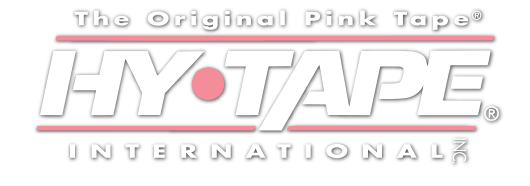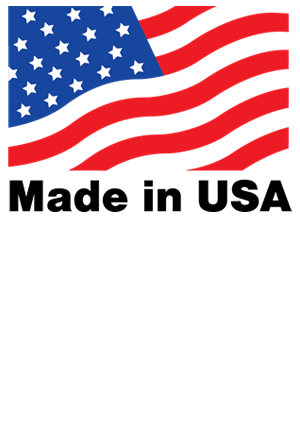Hy-Tape & Neonatal Care

Hy-Tape’s Unique Qualities Benefit a Full Range of Neonatal Applications
While Hy-Tape can be used in wound care, one of the more prevelant applications in the neonatal unit are endotracheal tubes. ET tubes require secure placement with a tape that will adhere, yet removes easily without traumatizing the infant’s delicate skin. Moisture from perspiration, diaphoresis, and respiratory secretions can cause curling and dislocation of most tapes. The skin under the tape often becomes macerated and susceptible to tearing. In addition, many other tapes leave residue after removal which can cause additional harm and may serve as a reservoir for bacteria, which Hy-Tape does not do.
Hy-Tape is a unique water resistant and washable tape, especially suited for the tender skin of a neonate. It remains intact in the presence of moisture until change is indicated. The zinc oxide based adhesive soothes the skin, aids in the reduction of epidermal stripping and reduces the risk of other injuries. Hy-Tape is particularly indicated for newborns and pediatric patients because it is so gentle to delicate skin.
A unique feature of Hy-Tape that makes it perform well with endotracheal tubes is its elasticity which allows accommodation to respiration with minimal skin damage or shift in tube position. Because it is waterproof, secretions may be easily cleansed without requiring a change of tape. Hy-Tape is the ideal product when tape must remain on the neonate’s skin for an extended period of time.
Neonatal Resource Center
White Papers
Our white papers are written to educate and advise on the latest trends, techniques, data, and products available for professionals dealing with wound care, ostomy, neonatal care, plastic surgery, dermatology, long term care, and any field where skin integrity is paramount. Click on an available title to view our entire library.
Securing Wound Dressings:
Making Dressings More Secure, More Effective, & Longer Lasting
Wear Time:
Addressing Factors That Impact Long-Term Dressing Application

